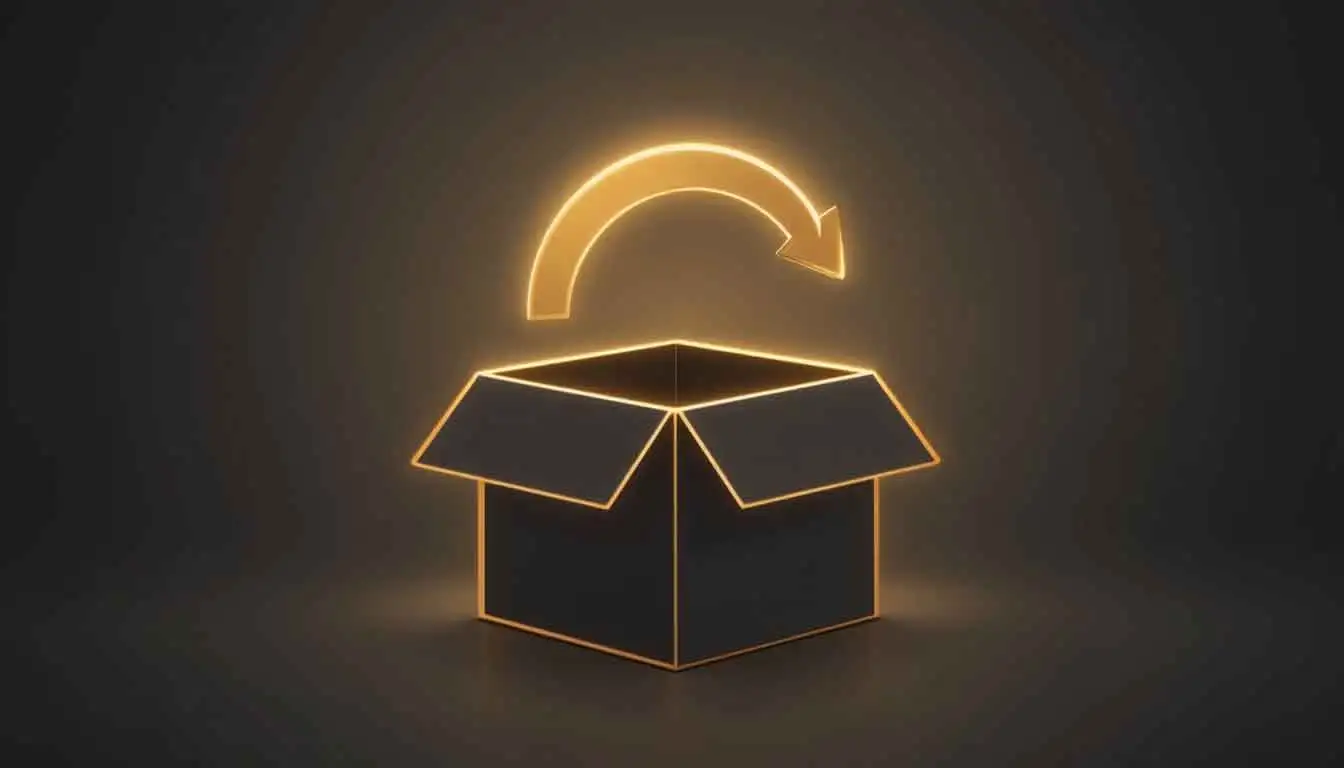
Navigating the vast marketplace of Amazon Australia can feel like exploring a new continent – exciting, full of possibilities, but sometimes a little overwhelming. With millions of products at your fingertips, how do you ensure you're making the best purchase every time? It's about more than just clicking "add to cart." Smart shopping involves a bit of strategy, a keen eye, and understanding the tools Amazon provides.
This guide is your co-pilot, designed to help you shop smarter, avoid common pitfalls, and ultimately, save time and money. Let's dive into what you should look for before you buy anything on Amazon.com.au.
1. The Art of Reading Reviews: Beyond the Star Rating

Customer reviews are a goldmine of information, but they require a discerning eye. A high star rating is a good start, but the real insights lie deeper.
- Look for a Healthy Volume: A product with thousands of reviews generally offers a more reliable consensus than one with just a handful.
- Read a Mix of Highs and Lows: Don't just focus on the 5-star raves or the 1-star rants. Mid-range reviews (3 or 4 stars) often provide the most balanced and nuanced feedback, highlighting both pros and cons.
How to Spot Potentially Fake Reviews:
- Vague & Overly Enthusiastic Language: Reviews filled with generic praise like "Amazing product!" or "Best ever!" without specific details can be a red flag.
- Reviewer Profile: Click on the reviewer's name. Do they only review products from one brand? Do all their reviews sound suspiciously similar?
- Timing of Reviews: A sudden influx of positive reviews in a short period, especially for a new product, can be suspicious.
- Verified Purchase Badge: While not foolproof, the "Verified Purchase" badge indicates Amazon has confirmed the reviewer actually bought the product. Prioritize these.
Focus on Recent Reviews: Products can change, and so can manufacturing quality. More recent reviews often reflect the current state of the item.
Search Within Reviews: Use the search bar within the reviews section (if available) for keywords relevant to your concerns (e.g., "battery life," "durability," "customer service").
Reading reviews effectively is a skill that helps you understand real-world experiences with a product, moving beyond just the marketing claims.
2. Master Product Comparison with Amazon's Filters

Faced with a dozen similar-looking products? Amazon's built-in filters are your best friend for narrowing down the options and making an informed choice. Don't just scroll endlessly; use the tools at your disposal.
When you search for a product category, look to the left-hand sidebar (on desktop) or the filter options (on mobile). You can typically refine your search by:
- Brand: If you have a preferred brand or want to exclude certain ones.
- Average Customer Review: Instantly filter out products with lower star ratings (e.g., 4 stars and up).
- Price Range: Set a budget to avoid temptation and find items within your desired spend.
- Specific Features: This is incredibly useful. For electronics, you might filter by screen size, RAM, or connectivity. For clothing, by size, color, or material.
- "New Arrivals" or "Featured": Sometimes useful for discovering the latest items.
- Shipping Options: Filter by "Prime Eligible" if you're a Prime member and want fast, free shipping.
By strategically applying these filters, you can quickly cut through the noise and focus on products that genuinely meet your specific needs and preferences. It's about comparing apples to apples, not apples to oranges.
3. Why Checking Return Policies Always Matters

It's easy to overlook the return policy in the excitement of a potential purchase, but it's a crucial safety net. Before you commit, especially for higher-value items or products where fit and suitability are key (like clothing or electronics), take a moment to understand the seller's return conditions.
Who is the Seller? Is the item "Shipped and Sold by Amazon.com.au" or by a third-party seller?
- Items sold directly by Amazon generally have a straightforward and generous return policy (usually 30 days for most items).
- Third-party sellers set their own return policies, which can vary significantly. Some may offer free returns, others might require you to pay for return shipping, and some might have shorter return windows or restocking fees.
Locate the Policy: The return policy is usually found on the product detail page, often near the "Add to Cart" button or in the seller's profile information.
Key Things to Look For:
- Return Window: How many days do you have to initiate a return after receiving the item?
- Return Condition: Does the item need to be in its original, unopened packaging? Can it be opened but unused?
- Return Shipping Costs: Who pays for return shipping? Is a prepaid label provided?
- Refund Type: Will you get a full refund, store credit, or an exchange?
- Exceptions: Are there any items that cannot be returned (e.g., perishable goods, personalized items, digital downloads)?
Knowing the return policy upfront can save you a lot of potential hassle and disappointment if a product doesn't meet your expectations.
4. Decoding "Frequently Bought Together" and "Amazon's Choice"

As you browse, you'll often encounter specific labels and suggestions from Amazon. Understanding what these mean can guide your decisions:
"Frequently Bought Together":
This section, usually appearing below the main product details, suggests items that other customers often purchase alongside the product you're viewing.
- Usefulness: It can be helpful for discovering necessary accessories (like a case for a new phone or batteries for a toy) or complementary products.
- Caution: Don't assume you *need* everything suggested. Evaluate each item based on your actual requirements. Sometimes it's a genuine convenience; other times, it's an upsell.
"Amazon's Choice":
This black and orange badge is awarded to products that Amazon's algorithm deems to be well-priced, highly-rated, available to ship immediately, and have low return rates.
- What it signifies: It's generally a recommendation for a good-quality, popular product within its category that offers good value and a positive customer experience.
- Is it the absolute best? Not necessarily. "Amazon's Choice" is a strong indicator, but it's still wise to cross-reference with your own research, read reviews (as discussed above!), and compare features if you have specific needs. It’s a helpful shortcut, but not a replacement for due diligence.
These labels are algorithmic suggestions designed to enhance your shopping experience and, of course, encourage sales. Use them as helpful signposts, but always combine them with your own judgment.
Becoming a savvy Amazon Australia shopper is an ongoing journey, not a destination. By incorporating these strategies, you empower yourself to make better purchasing decisions.
And soon, with Vpreme, that journey will become even smoother and more rewarding. Happy (and smart) shopping!